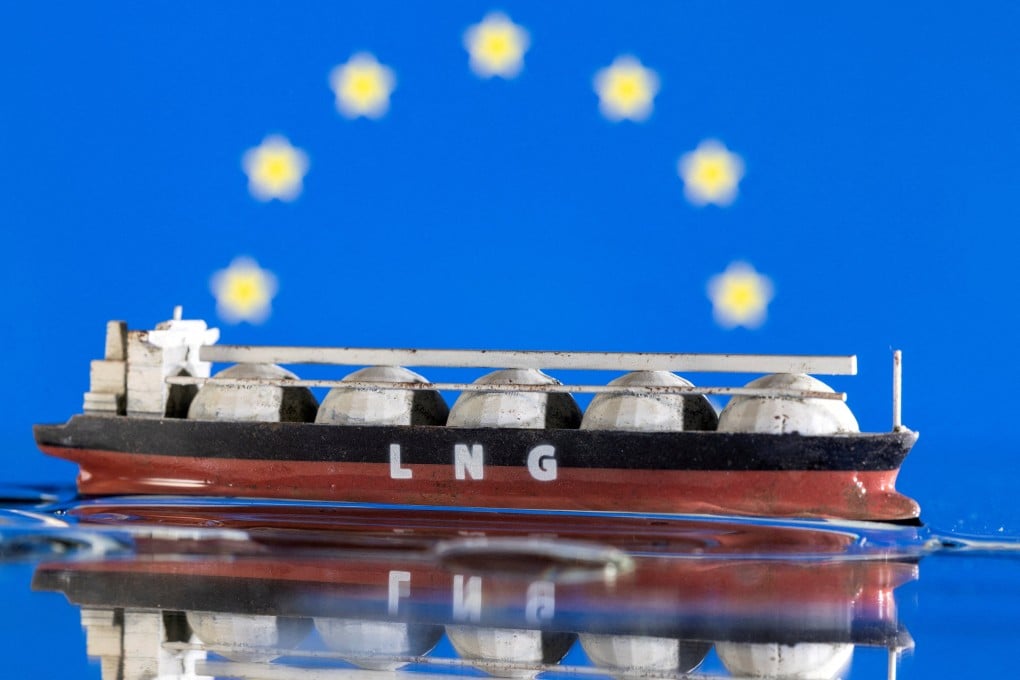Ukraine war fallout: Pakistan plunged into darkness as Europe gobbles up world’s LNG supplies
- The cost of liquefied natural gas has surged by more than 1,000 per cent in the last two years, pushed higher by the European Union’s bid to quit Russian fuel
- Pakistan’s woes are shared by cash-strapped Bangladesh and Myanmar, while India and Sri Lanka have turned to Russia for fuel – blunting Europe’s embargo

A decade ago, the world’s fifth-most populous country took specific steps to insulate itself from the kinds of violent price spikes that are roiling the market today. It made a massive investment in liquefied natural gas (LNG) and signed long-term contracts with suppliers in Italy and Qatar. Now some of those suppliers have defaulted, though they continue to sell into the more lucrative European market, leaving Pakistan in exactly the position it tried so hard to avoid.
To avoid blackouts during the Eid holiday last month, the government paid nearly US$100 million to procure a single LNG shipment from the spot market, a record for the cash-strapped nation. In the financial year ending July, the country’s costs for LNG could top US$5 billion, twice what they were a year ago. Even so, the government can’t cushion the blow for its citizens: the International Monetary Fund is in talks to bail out the nation with a key condition that it cuts fuel and electricity subsidies.

Now parts of Pakistan are experiencing planned blackouts of more than 12 hours, limiting the effectiveness of air conditioning to offer relief during the ongoing heatwave. The previous prime minister continues to draw large crowds to rallies and protests, amplifying citizens’ anger about inflation that’s rising at 13.8 per cent. Prime-time talk show hosts regularly discuss how Pakistan will get the fuel it needs, and how much it will have to pay.
Last week, the government announced a new raft of energy-saving measures. Civil servants were released from regular Saturday shifts, and the budget for security personnel was slashed by 50 per cent.
“I am acutely aware of the hardships people are facing,” Prime Minister Shehbaz Sharif said in a tweet in April ahead of the Eid holiday. He ordered his government to resume purchasing expensive overseas natural gas shipments that same week. And earlier this month he warned that they don’t have enough money to continue buying gas from overseas.
The supply crunch will go beyond blackouts. The government has redirected existing natural gas supplies to power plants, short-changing fertiliser makers that depend on the fuel as a feedstock. That move could threaten the next harvest, leading to even higher food costs next year. Cellphone towers are using backup generators to sustain service through the blackouts, but they too are running out of fuel.